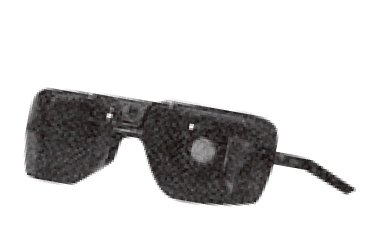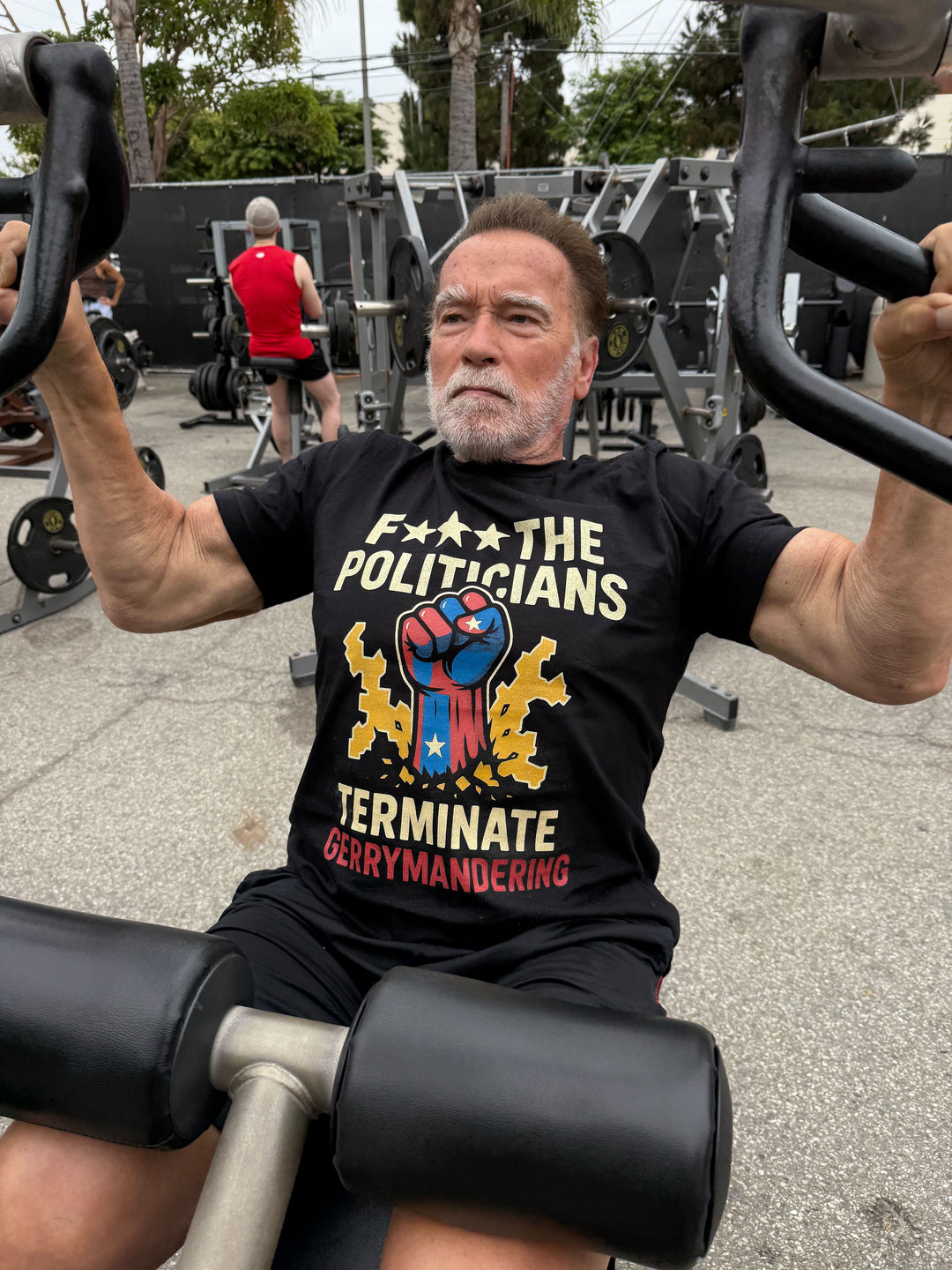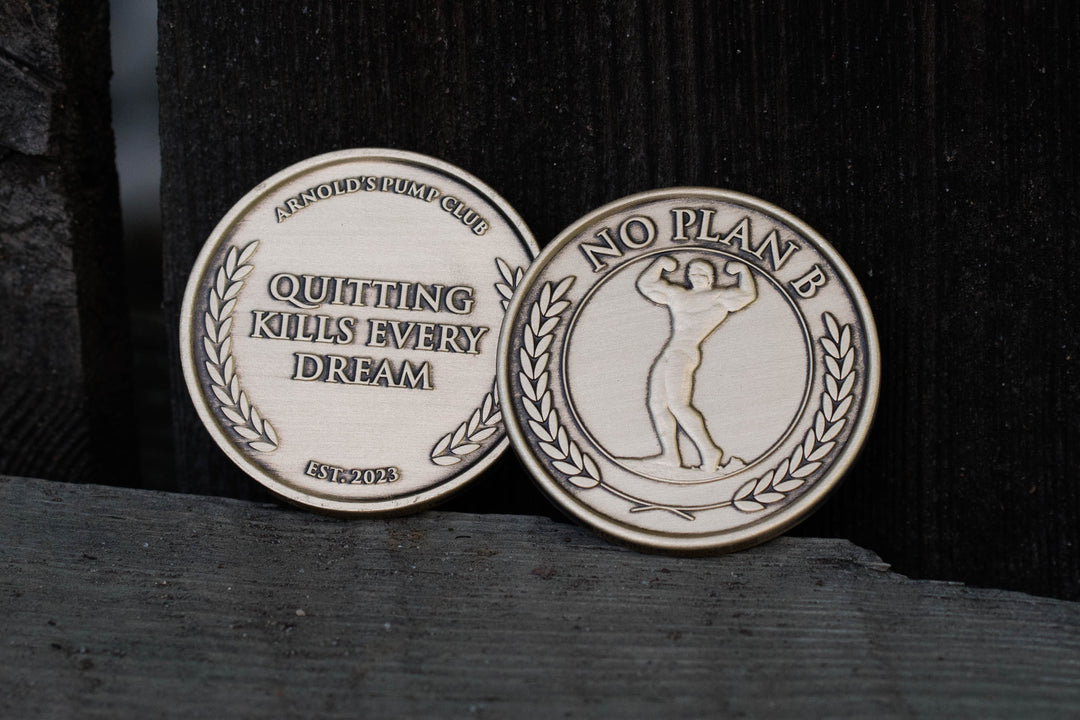Welcome to the positive corner of the internet. Every weekday, we make sense of the confusing world of wellness by analyzing the headlines, simplifying the latest research, and offering quick tips designed to make you healthier in less than 5 minutes. If you were forwarded this message, you can get the free daily email here.
Today’s Health Upgrade
Solving muscle loss
The exercise amplifier
A breakthrough in Parkinson’s treatment?
Arnold’s Podcast
Want more stories from Arnold? Every day, Arnold’s Pump Club Podcast opens with a story, perspective, and wisdom from Arnold that you won’t find in the newsletter. And, you’ll hear a recap of the day’s items. You can subscribe on Apple, Spotify, Google, or wherever you listen to podcasts.
Nutrition
What Diabetics Can Teach You About Muscle Loss
We all lose muscle as we age. But people with type 2 diabetes can lose it faster, which means they offer clues about how to fight back.
New research in older adults with diabetes shows that eating more protein can slow muscle loss, preserve strength, and improve physical performance, even when other health conditions stack the odds against you.
Researchers studied adults with type 2 diabetes who already had signs of sarcopenia, meaning they had low muscle mass, low strength, or poor physical performance. One group consumed the standard protein recommendation (0.8–1.0 grams/kg/day), while the other group increased their intake up to 1.5 grams/kg/day.
The higher-protein group got stronger, moved better and faster, and they performed better on tests of balance and mobility. Meanwhile, the lower protein group lost muscle and strength.
While the extra protein didn’t stop the progression of diabetes itself, it made a real difference in fighting muscle loss.
Prior research has established that protein needs increase with age due to anabolic resistance, a natural transition where the body becomes less responsive to protein. That’s why older adults—and anyone trying to age well—need more protein to get the same benefit. That doesn’t mean you have to gorge on protein, but it does mean prioritizing it in each meal.
Remember, resistance training is — by far — the best way to prevent muscle loss.
But if you’re training, getting enough protein is not just about muscle size—it’s about preserving your ability to move, function, and live independently.
Health
The Exercise Amplifier
If you’re not exercising and eating nutritious foods, prioritizing sleep, and focusing on ways to destress, supplements are unlikely to have much of an impact. But if you are, the right additions can help give your health an extra boost.
A recently published study found that combining omega-3 supplementation with exercise can modestly reduce body fat, lower blood pressure, decrease inflammation, and improve lower-body strength.
Researchers conducted a meta-analysis of 21 studies on adults aged 30 to 70 to compare the effects of omega-3 polyunsaturated fatty acid (n-3 PUFA) supplements (1–4.5 grams daily) on body composition and cardiometabolic health.
The results were promising, especially for those looking to make small tweaks for better outcomes:
In the omega-3 group, lower body strength increased and fat mass dropped by an average of 1.05 kg (about 2.3 pounds). But that was just scratching the surface.
Those taking fish oil also saw inflammation drop, triglycerides decrease, and systolic and diastolic blood pressure fall enough to meaningfully reduce heart disease risk.
The researchers believe that omega-3s may enhance the effects of exercise by improving cell membrane fluidity, reducing inflammatory responses, and supporting muscle function and recovery.
If you’re looking for a high-quality fish oil, we highly recommend Momentous Omega 3. Many Omega-3s are underdosed, but that’s not a problem with Momentous. Their Omega-3 is always NSF Certified for Sport®, which ensures purity and potency, with every batch tested for heavy metals, harmful additives, and label claim accuracy to meet the highest standards. Use the code “PumpClub” for up to 30% OFF a subscription.
If you’re already exercising, adding 1 to 4 grams of high-quality omega-3s — ideally from food, but potentially from supplements — might help support better health. Just like training, this is about consistency, as results might take three to six months.
On Our Radar
Can Psychedelics Rewire Parkinson’s Mood and Movement?
For people with Parkinson’s disease, mood dysfunction isn’t just a side effect — it’s a core driver of disability, daily struggle, and diminished quality of life. Traditional treatments often come up short. However, a new study offers new hope from an unlikely source.
Psilocybin — the compound in “magic mushrooms” — significantly improved depression, anxiety, movement, and cognition in people with Parkinson’s, with benefits lasting up to three months.
Participants with mild-to-moderate Parkinson’s and coexisting depression or anxiety received two doses of psilocybin combined with psychotherapy. There were no serious side effects or psychosis, and motor symptoms, memory, learning, and mood all dramatically improved.
Most notably, depression and anxiety symptoms dropped significantly and stayed low for months.
Researchers believe these effects are driven by psilocybin’s ability to increase neuroplasticity, enhance emotional processing, and create a “reset” of functional brain networks disrupted in both depression and Parkinson’s disease.
While it’s early and not yet approved for widespread use, psilocybin therapy could eventually become a tool for improving not just mood, but movement and mental clarity without worsening core Parkinson’s symptoms. It’s a rare triple win in a disease where progress is often slow.
—
Publisher: Arnold Schwarzenegger
Editors-in-chief: Adam Bornstein and Daniel Ketchell






























































